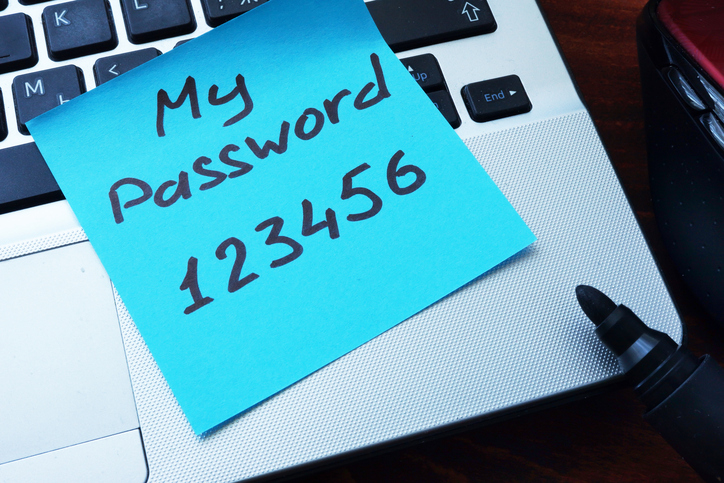
As we spend more and more time online, it becomes ever more important to protect ourselves from a host of cyber threats, whether malicious or accidental.
Keeping these 7 tips in mind will help you and your family browse safely.
1. Always install software updates
Do you always click “Remind me tomorrow” when your operating system notifies you about updates? Don’t! Many of these updates patch critical holes that could make your private information public or grant access to malware, ransomware and more.
Don’t ignore app updates, either. Many apps, especially web browsers, install updates automatically, but only when you restart them. Fully close programs on a regular basis to ensure you’re running the latest version.
2. Watch out when downloading new programs
Online advertisers often play sneaky tricks on software download sites, disguising their banners as download buttons so unsuspecting users click on them. Be sure you’re clicking the real link whenever you download a new program.
Also keep an eye out for installers that try to sneak in other programs unless you uncheck a box before clicking install.
3. Never use the same password twice
With data breaches becoming more common, having a secure password isn’t enough if you use the same one for more than one site. A leak at any site where you use a common password compromises your account at every other place you’ve used it.
Instead of using a single password or an easy-to-decipher pattern, use a password manager like LastPass or 1Password to generate and store strong passwords securely. Get your entire family on board to protect everyone’s accounts.
4. Enable two-factor authentication
Two-factor authentication, where you’re prompted to enter a code sent to your mobile device in addition to your password, is offered by almost all financial institutions and social networks. Enable it wherever you can, and if you ever get a code that you didn’t request, change your password for the affected account immediately.
5. Use a strong phone PIN
Your smartphone grants access to all sorts of personal information. Unlock patterns and short four-digit pins simply aren’t strong enough. Use a PIN that’s at least six characters long to keep would-be thieves out.
6. Don’t click links in emails
You may think you’re able to identify a phishing email, but modern schemes are much more advanced than they used to be. Instead of clicking, go to the website mentioned in the email directly and log in. This way you know you are dealing with the correct company and not being tricked.
7. Review social media privacy settings
Lax social media privacy settings allow would-be hackers to find personal information that can help them answer security questions and more. Be careful about what you share online, and make sure anything you do post is completely hidden from anyone you’re not friends with.

Leave a Reply